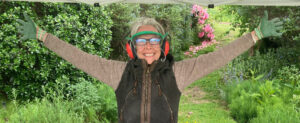
Home » NWSSA Events » Past Events » Of Stone and Cyber-Sculpture – May/June 1998
From May 20-23, over 2,000 people from around the world attended “Sculpture 17: The 17th International Sculpture Conference, Chicago 98.” The event was put on by the International Sculpture Center (I.S.C.) which has over 10,000 members worldwide and publishes Sculpture magazine. Several other NWSSA members and I were lucky enough to be in attendance. Our own Bill Cooper was a participant in Chicago’s concurrent and impressive pier Walk 98 at Chicago’s newly renovated Navy Pier. Pier Walk 98 included nearly 200 indoor and outdoor sculptures that were a feast for sore sculptors’ eyes. Bill’s sculpture, titled “Material Witness,” made of solid forged steel, was sited in a nearly perfect location near Pier’s End. Congratulations on a great sculpture, Bill.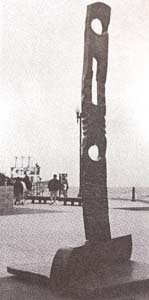
Participants in the conference included artists, curators, collectors, technicians, educators and writers. Trade show exhibitors demonstrated a variety of materials and tools. The conference presentations included technical demonstrations, slide and film shows, panel discussions, networking and mentoring sessions, gallery walks, indoor and outdoor sculpture tours and social events.
Prior to the conference there were three days of “TECHshops” wherein specialized professionals taught a wide variety of hands-on skills and offered invaluable information. Fellow NWSSA member, Suzanne Gentiluomo, and I arrived in Chicago early for our TECHshop titled “Rigging, Installation and Maintenance for Large Scale Sculpture.” The rigging component dealt with the methods and materials for protecting, lifting and moving of heavy and often fragile objects. A variety of protective materials were discussed including stretch-wrap, Tyvek, packing blankets, ethafoam, pellets, and a variety of crating products. Lifting devices included the lowly and often overlooked, but extremely impressive, WEDGE, the exciting Johnson bar (the Cadillac of pry bars), pallet jacks, gantries with their associated trollies and chain falls, slings for all occasions and my favorites, the “belly” and “humping” straps. From there, lifting devices went from boom trucks, through 120 ton cranes to “the sky’s the limit” helicopters.
I was particularly impressed with instructor Dean Langworthy’s two-part “Ole!” theory for handling heavy objects. Part One states: “always have a clear escape route in case an object should fall.” Part Two states: “should an object begin to fall, resist the knee-jerk reaction to catch it, move aside in a smooth matador style and proudly shout “Ole!” while watching the bulky beast (that you spent two years working on) crash to smithereens. “
The installation aspect of the class made me realize that one needs to begin installation planning from the inception when creating large scale works of art. The instructor, Roger Machin, reminded us to all scale back each single element of our works of art to not exceed I3 ‘6″ in height from the ground (including the height Of the transporting vehicle), 102″ in width or 48’ in length when transporting our sculptures on interstate highways. It’s so easy to forget and build pieces larger than that, I find, don’t you think? It is amazing how many considerations there are to juggle when installing large sculptures.
Dean and Roger lectured us on the strict “Organization of the Rigging Crew.” Each member of the crew: the Crew Chief, the Rigger, the Helper and the Operator, all have carefully designated duties and roles. The idea is to discuss the course of action first, allowing for input from all, prior to selecting the final Rigging Plan. When the rigging project begins, each move is carefully choreographed by the singular authority of the designated Crew Chief, using verbal and hand signals much like an orchestra conductor. I was impressed with the wisdom of the instructors’ years of e:l.1Jerience and organizational ability. However, when the demonstration began, all the methods previously jammed down our throats were tossed to the wind and the typical, “who’s in charge here, free-for-all” reigned-none breaking the rules more often than the instructors themselves. I mentally noted an F grade on the instructors’ report cards.
Judy Jacobs, an architectural conservator from New York, speaking about maintenance, spent a day and a half pounding into our heads, over and over, one simple sentence: “Use the best materials you can find, design for longevity and do not put anything on stone.”
“But, but, but… what about wax, 5 II -Impregnator, etc.?” Ai; participants droned on, I appreciated especially her emphasis on designing for durability and low maintenance. Judy sent us away ,with a “short” bibliography that could sink a battleship on “why to put nothing on stone.”
On the first day of the conference, I gave a presentation at the Sculptors’ Organizations meeting. I presented our new Camp Brotherhood Symposium promotional video tape on a large screen with the aid of a video projector unit. Sadly, the audio portion did not translate using their equipment and I had to ad-lib the “sound over.” Luckily I had prepared myself for the worst and pulled it off passably. I made many contacts regarding our symposiums, as there seemed to be a lot of interest. The brochures were gone in a flash.
Throughout the conference there were concurrent offerings on a wide variety of topics. One entire day was devoted to the Computer and Sculpture Forum. Along with others, John Hyatt argued “that [this] shift [to cyberscuIpture] is illusory, based upon our exclusively noun-based idea of what sculpture is … and regardless of its manifestation as material or immaterial data, thing or “no-thing,” sculpture is a living, influential activity.” Since I did not attend this forum, I’m sorry to say that I cannot enlighten my readers about microprocessors, robosculpture, telesculpture or Boolean algebraic values. Thankfully there were parallel sessions for those of us with rocks in our pockets.
A fair number of sessions discussed such basic problems as what kind of paint to use on outdoor metal sculpture. Artists from all over the world presented slides of their region. I was blown away by the sculpture of Sabastian from Mexico, for example. Multicultural issues were a hot topic of discussion. Often it was frustrating to have to decide between such great topics as Stone: An Essential Medium or Nature/Nurture: Working with Natural Materials or Three Decades of Large-Scale Sculpture in the Chicago Region, all being presented at the same time. In this instance, I chose Stone: An Essential Medium and was extremely impressed with the words and work of Jesus Bautista Moroles, one of the presenters.
Walks through town were loaded with stimulation. Without seeking them out, I came across sculptures by Picasso, Calder, Miro, and many other artists’ works previously unknown to me. Great “Chicago Blues” nightclubs took my top award for evening entertainment and Goose Head Ale received my “favorite brew” award. Subway and bus travel was efficient and, aside from one Outer Limits journey through a time warp, my travels were safe and sane.
All in all, I thoroughly enjoyed myself at the conference in Chicago. For me the highlight was meeting and spending time with sculptors from around the world. Hopefully some of these newly found friendships will last a lifetime. I would not hesitate to recommend attendance at any future International Sculpture Conference.
I hope that I am able to pass on some of the knowledge I have learned by presenting unscheduled mini-workshops at Camp Brotherhood this July. As far as rigging goes, I probably know just enough to be quite dangerous, but entertaining. As far as conservation goes, I feel confident that I can teach the “do not put anything on stone” theory (but don’t expect me to follow it).
I will speak further and in more detail about the conference, present an annotated slide show of the Pier Walk ’98 sculptures that I liked (if the slides turn out), and display a variety of handout information. Hope to see you there. MJ


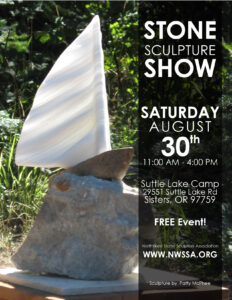
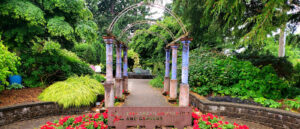
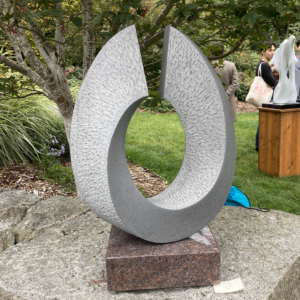
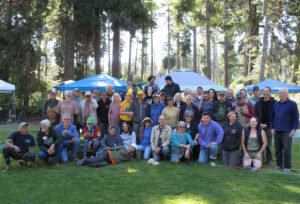
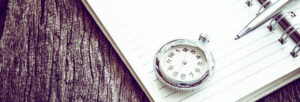


We need some kind of descriptive text here.